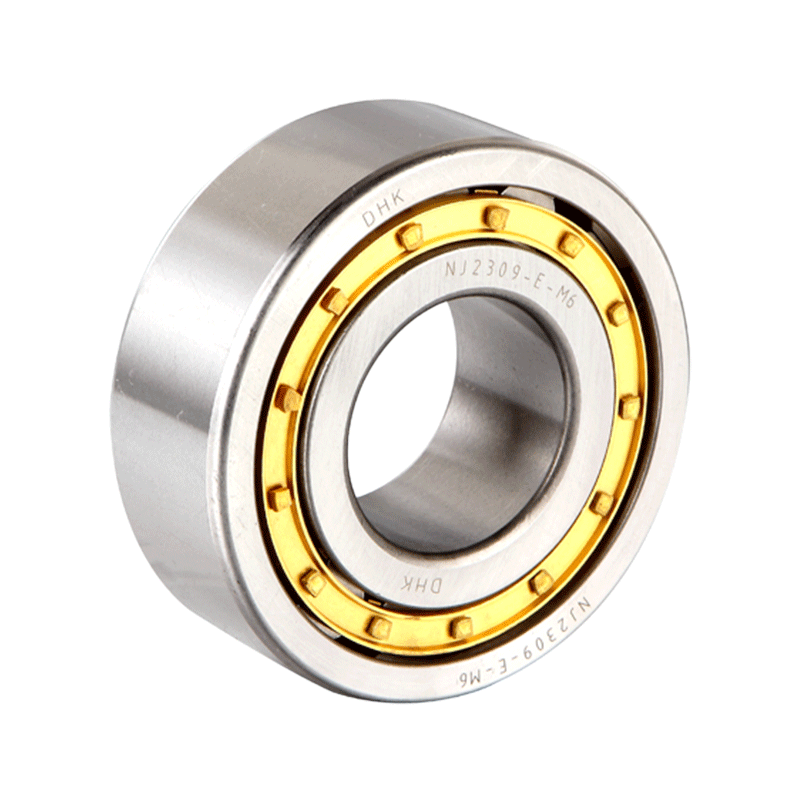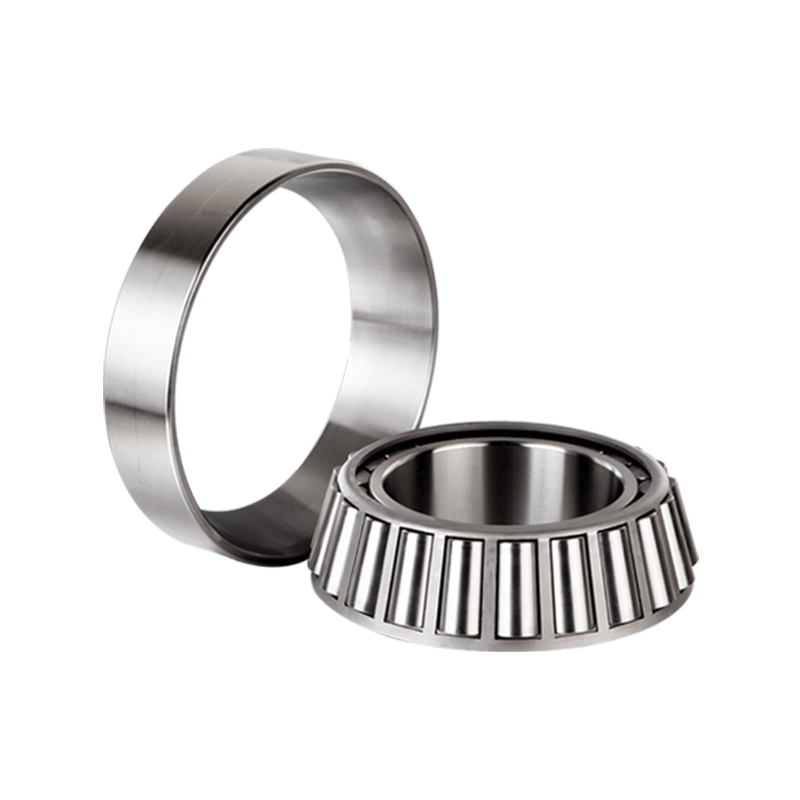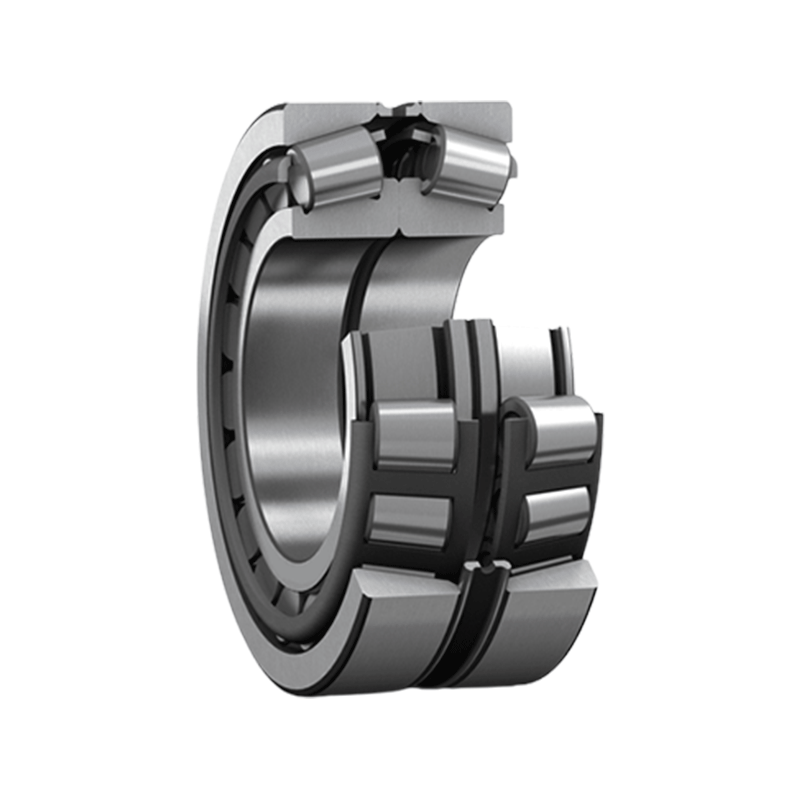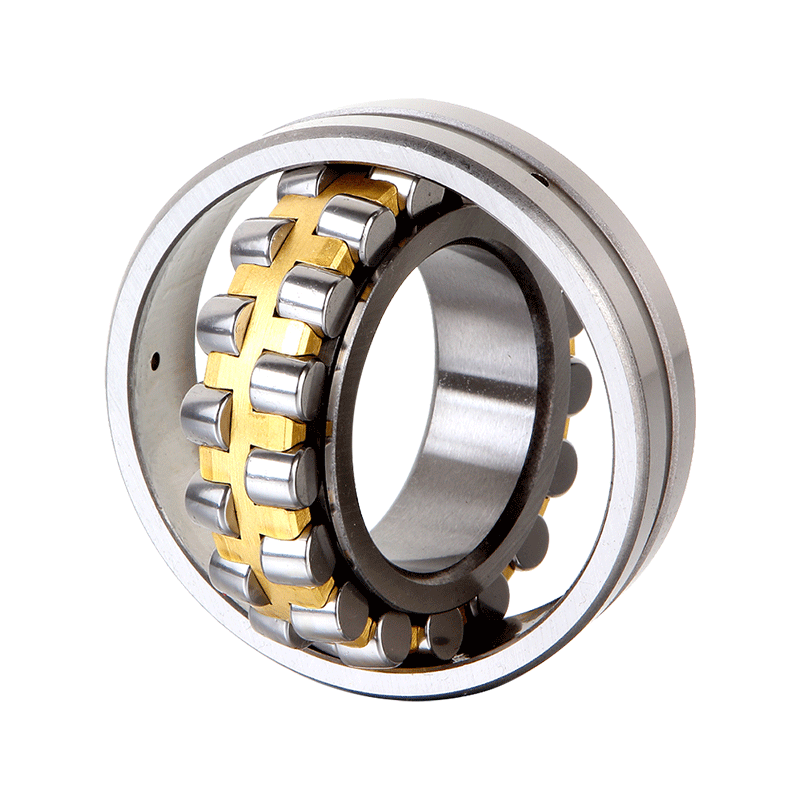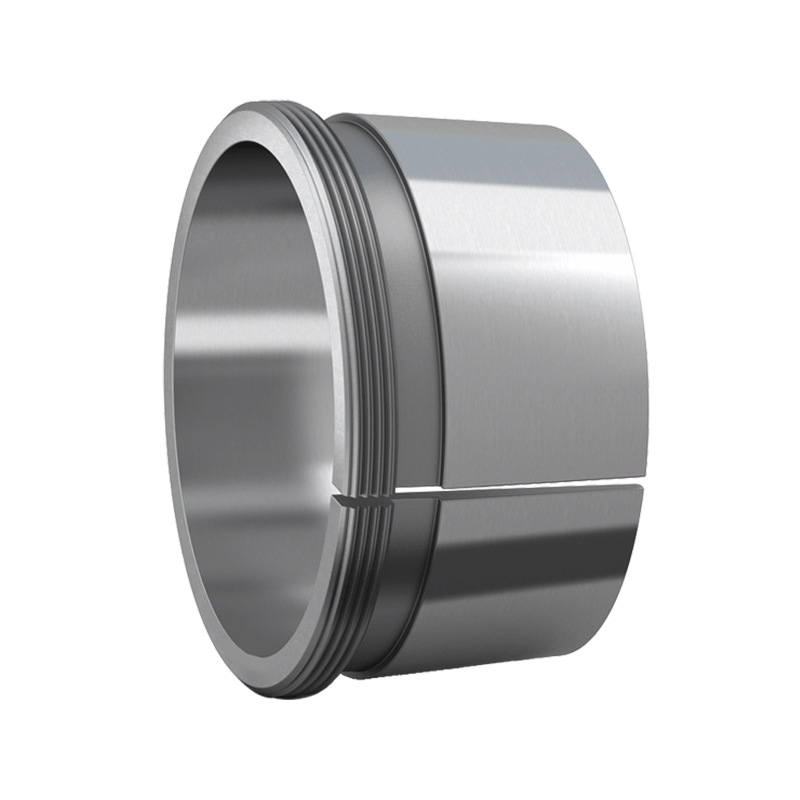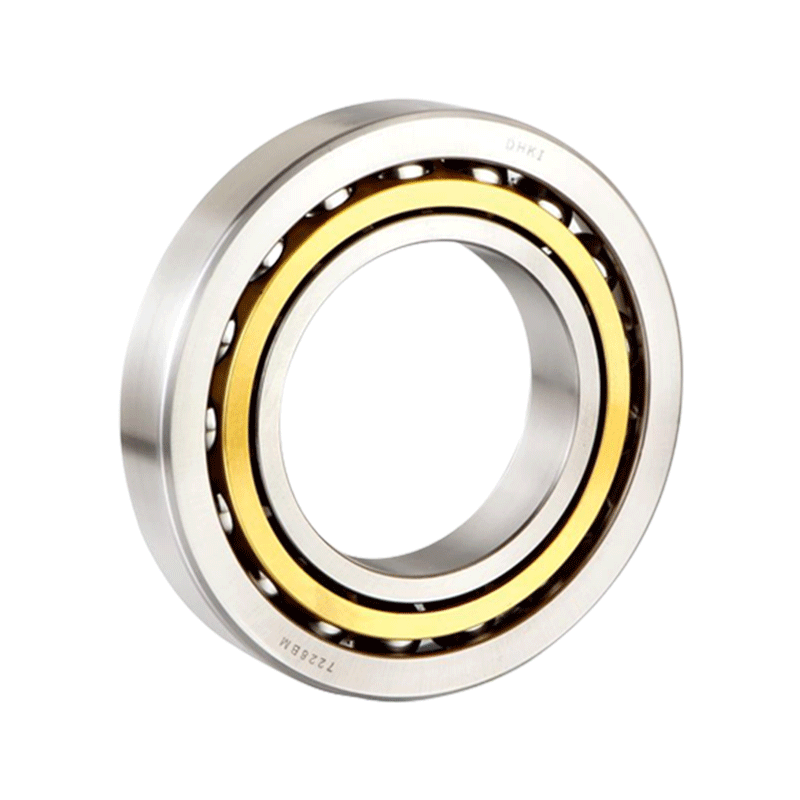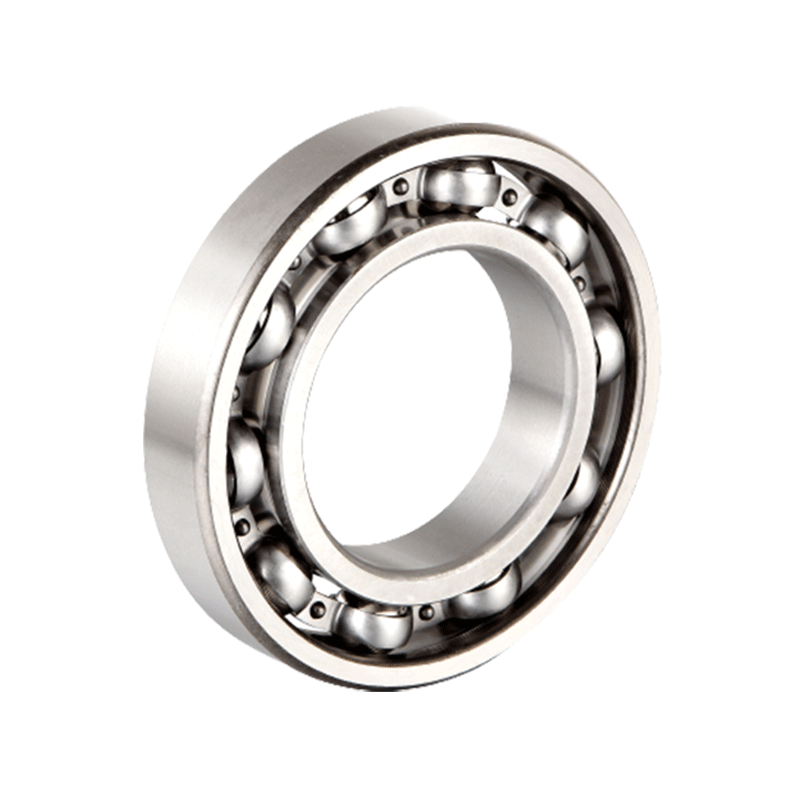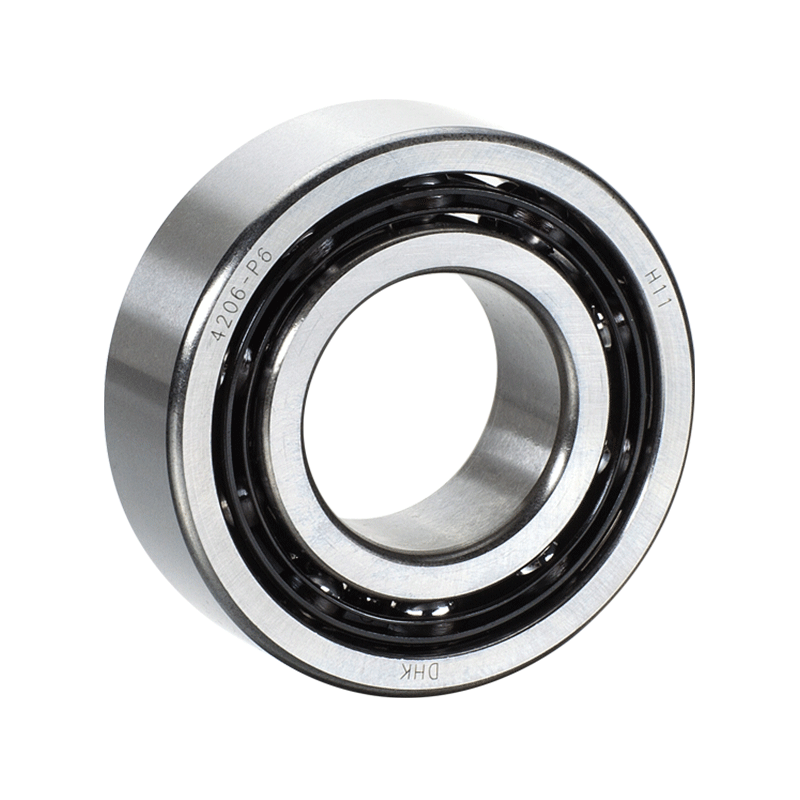Higher Load Capacity: Double row cam rollers are engineered to handle significantly larger loads than their single-row counterparts, making them ideal for heavy-duty industrial applications. The second row of rolling elements allows for a broader distribution of radial and axial forces, meaning the load isn't concentrated on just one set of rollers. This not only increases the roller's capacity but also prevents localized stress points, reducing the risk of deformation or failure under intense loads. In high-stakes environments like manufacturing plants, logistics systems, and mining operations, where machinery must endure heavy and constant use, the added load capacity of double row cam rollers translates to more efficient operations and fewer breakdowns. The enhanced strength and load-bearing capacity also make these rollers suitable for applications where unexpected shocks or sudden load increases occur, ensuring that the system can absorb impacts without compromising performance.
Improved Stability: Stability is a critical factor in applications that require smooth, precise motion under variable load conditions. Double row cam rollers provide a substantial advantage in this area due to the balanced configuration of their rolling elements. Unlike single row rollers, where the load is distributed across fewer points of contact, double row cam rollers provide a more even distribution of force. This reduces deflection, meaning the roller maintains its position and structural integrity even under heavy or uneven loads. In dynamic systems—such as automated production lines, robotic arms, or conveyor systems—this improved stability ensures smoother, more consistent operation, which is vital for accuracy, productivity, and minimizing wear on connected components. When combined with precision machining, the increased stability helps to avoid disruptions caused by misalignment or uneven load application, making them invaluable in high-precision environments.
Longer Service Life: Due to their ability to better distribute loads, double row cam rollers typically experience less wear over time compared to single row options. This extends the lifespan of both the rollers and the equipment in which they are installed. In practice, the dual row configuration reduces stress on individual rolling elements, as the load is shared more effectively. This means that fatigue and wear are spread out, allowing the rollers to maintain their performance over a longer period. In industries where machinery downtime can lead to significant financial losses, such as automotive manufacturing or aerospace, the extended service life of double row cam rollers reduces the frequency of maintenance interventions, lowering the total cost of ownership.
Enhanced Durability: Double row cam rollers are designed for durability, particularly in challenging environments where high loads, impact forces, and harsh operating conditions are present. The additional row of rolling elements provides greater resistance to mechanical stress and wear, ensuring that the rollers remain functional even in extreme situations. In industries such as construction, steel manufacturing, and heavy equipment operation, machinery is subjected to intense operational conditions—extreme temperatures, vibration, dust, and impact forces. Double row cam rollers, thanks to their enhanced load-bearing capabilities and robust design, are better suited to withstand these conditions. They are more resistant to fatigue, as the dual rows distribute stress more evenly, preventing early material failure. This increased durability means less frequent replacements and greater reliability, particularly in environments where maintaining uptime is critical to business success.


 English
English Deutsch
Deutsch
